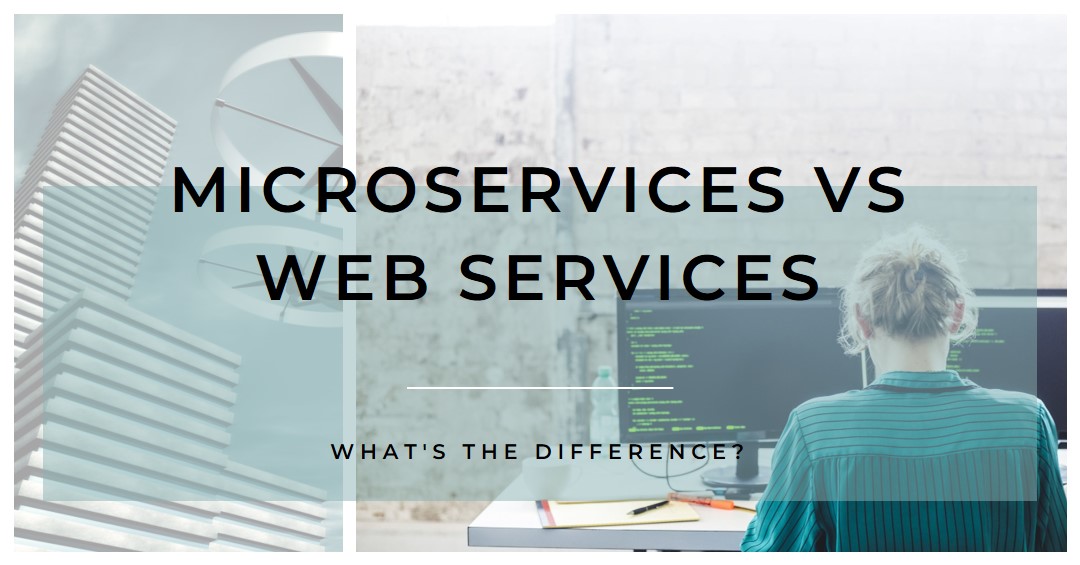Difference between microservices vs web services

Microservices and web services are both architectural approaches for developing distributed applications, but they have some differences in their design principles and scope. Here’s an overview of the key distinctions between microservices and web services:
Web Services: Web services are a standardized way of integrating different software applications over the Internet. They primarily focus on enabling communication and interoperability between various systems, regardless of their underlying technologies or platforms. Web services typically follow the principles of the Service-Oriented Architecture (SOA) and utilize standard protocols like SOAP (Simple Object Access Protocol) or REST (Representational State Transfer).
Key characteristics of web services include:
- Interoperability: Web services allow different systems to communicate and interact with each other, regardless of the technologies or programming languages used.
- Standards-based: Web services follow standardized protocols and data formats, making it easier to achieve interoperability. Common standards include XML (eXtensible Markup Language), WSDL (Web Services Description Language), and SOAP.
- Service-oriented: Web services are built around the concept of exposing specific functionalities as services that can be accessed by other applications over the network.
- Centralized architecture: Web services often have a centralized architecture where a service provider offers services that are consumed by clients.
Microservices: Microservices, on the other hand, are an architectural style that structures an application as a collection of small, loosely coupled, and independently deployable services. Each service focuses on a specific business capability and can be developed, deployed, and scaled independently. Microservices emphasize decentralized control, autonomous development teams, and a focus on business domains rather than technical layers.
Key characteristics of microservices include:
- Service autonomy: Each microservice operates independently and can be developed, deployed, and scaled independently. It has its own dedicated database and can be implemented using different technologies.
- Single responsibility: Microservices are designed to be small and focused on a specific business capability or function, adhering to the principle of single responsibility.
- Decentralized architecture: Microservices promote a decentralized architecture where teams own and manage their respective services. Communication between services typically occurs through lightweight protocols such as HTTP or messaging systems.
- Domain-driven design: Microservices align with the principles of domain-driven design (DDD), which emphasizes organizing software around the business domains and models.
- Scalability and resilience: Microservices can be individually scaled to handle varying load patterns, and a failure in one service generally does not affect the entire application.
It’s important to note that microservices can be implemented using web services as the communication mechanism between services. In such cases, the microservices architecture leverages web service standards like RESTful APIs for inter-service communication.
In summary, web services primarily focus on enabling interoperability between systems, while microservices focus on breaking down monolithic applications into smaller, independent services for enhanced scalability, flexibility, and maintainability.
Technical content writer with data scientist, artificial intelligence, programming language, database. He has a bachelor’s degree in IT and a certificate in digital marketing, Digital transformation web development android app development He has written for website like Boomi techie, tech mantra, information hub, Tech all




